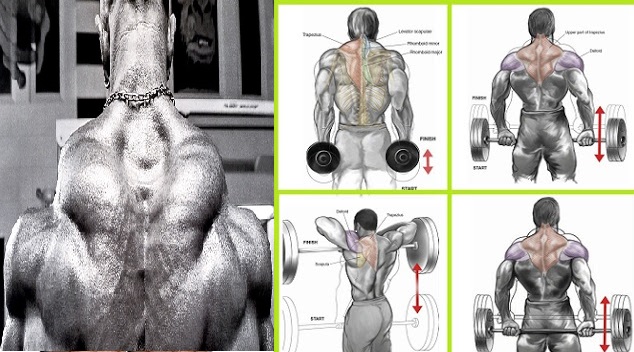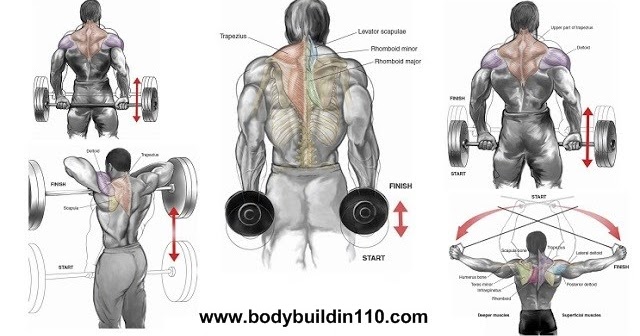 In extreme instances, over-exercising induce serious performance loss. Unaccustomed overexertion of muscles results in rhabdomyolysis (damage to muscle) most often seen within new army recruits. One more danger is overtraining, in which the intensity or even volume of training exceeds the body's capacity to recuperate between bouts. One result of detrimental overtraining will be suppressed immune function, along with an increased incidence associated with upper respiratory tract illness (URTI). An increased incidence of URTIs is furthermore associated with high volume/intensity training, as well since with excessive exercise (EE), such as within a convention. Marathon training requires the particular runner to build their intensity week to 7 days which makes them more susceptible to injury the a lot more they enhance their mileage. The study shows that within the last 10–15 years up in order to 90% of marathon runners have suffered a bodily injury from their training.Ending excessive exercise suddenly may create a change in mood. Exercise should be managed by each body's natural limitations. While one established of joints and muscles might have the tolerance to withstand multiple marathons, another body may be damaged simply by 20 minutes of light jogging. This must become determined for each individual.As well much exercise could cause a woman to cease menstruation, a symptom known since amenorrhea.Skeletal muscleOpposition training and subsequent intake of a protein-rich dinner promotes muscle hypertrophy plus gains in muscle strength by stimulating myofibrillar muscle protein synthesis (MPS) and inhibiting muscle protein breakdown (MPB). The stimulation of muscle protein synthesis by resistance training occurs via phosphorylation of the mechanistic target of rapamycin (mTOR) and subsequent activation associated with mTORC1, which results in proteins biosynthesis in cellular ribosomes via phosphorylation of mTORC1's immediate targets (the p70S6 kinase as well as the translation repressor protein 4EBP1). The reductions of muscle protein break down following food consumption occurs primarily via increases in plasma insulin. Similarly, increased muscle protein synthesis (via service of mTORC1) and under control muscle protein breakdown (via insulin-independent mechanisms) has also been shown to occur following ingestion of β-hydroxy β-methylbutyric acid.
In extreme instances, over-exercising induce serious performance loss. Unaccustomed overexertion of muscles results in rhabdomyolysis (damage to muscle) most often seen within new army recruits. One more danger is overtraining, in which the intensity or even volume of training exceeds the body's capacity to recuperate between bouts. One result of detrimental overtraining will be suppressed immune function, along with an increased incidence associated with upper respiratory tract illness (URTI). An increased incidence of URTIs is furthermore associated with high volume/intensity training, as well since with excessive exercise (EE), such as within a convention. Marathon training requires the particular runner to build their intensity week to 7 days which makes them more susceptible to injury the a lot more they enhance their mileage. The study shows that within the last 10–15 years up in order to 90% of marathon runners have suffered a bodily injury from their training.Ending excessive exercise suddenly may create a change in mood. Exercise should be managed by each body's natural limitations. While one established of joints and muscles might have the tolerance to withstand multiple marathons, another body may be damaged simply by 20 minutes of light jogging. This must become determined for each individual.As well much exercise could cause a woman to cease menstruation, a symptom known since amenorrhea.Skeletal muscleOpposition training and subsequent intake of a protein-rich dinner promotes muscle hypertrophy plus gains in muscle strength by stimulating myofibrillar muscle protein synthesis (MPS) and inhibiting muscle protein breakdown (MPB). The stimulation of muscle protein synthesis by resistance training occurs via phosphorylation of the mechanistic target of rapamycin (mTOR) and subsequent activation associated with mTORC1, which results in proteins biosynthesis in cellular ribosomes via phosphorylation of mTORC1's immediate targets (the p70S6 kinase as well as the translation repressor protein 4EBP1). The reductions of muscle protein break down following food consumption occurs primarily via increases in plasma insulin. Similarly, increased muscle protein synthesis (via service of mTORC1) and under control muscle protein breakdown (via insulin-independent mechanisms) has also been shown to occur following ingestion of β-hydroxy β-methylbutyric acid.Trap Bar Jump Exercise Guide and Video
The Top Three Exercises for Building Huge Traps That You May Be Neglecting Destination Jacked

Build Towering Trapezi i: 3 Moves To Bigger Traps Bodybuilding

4 Best Trapezius Exercises For Size and Strength

Comments
Post a Comment